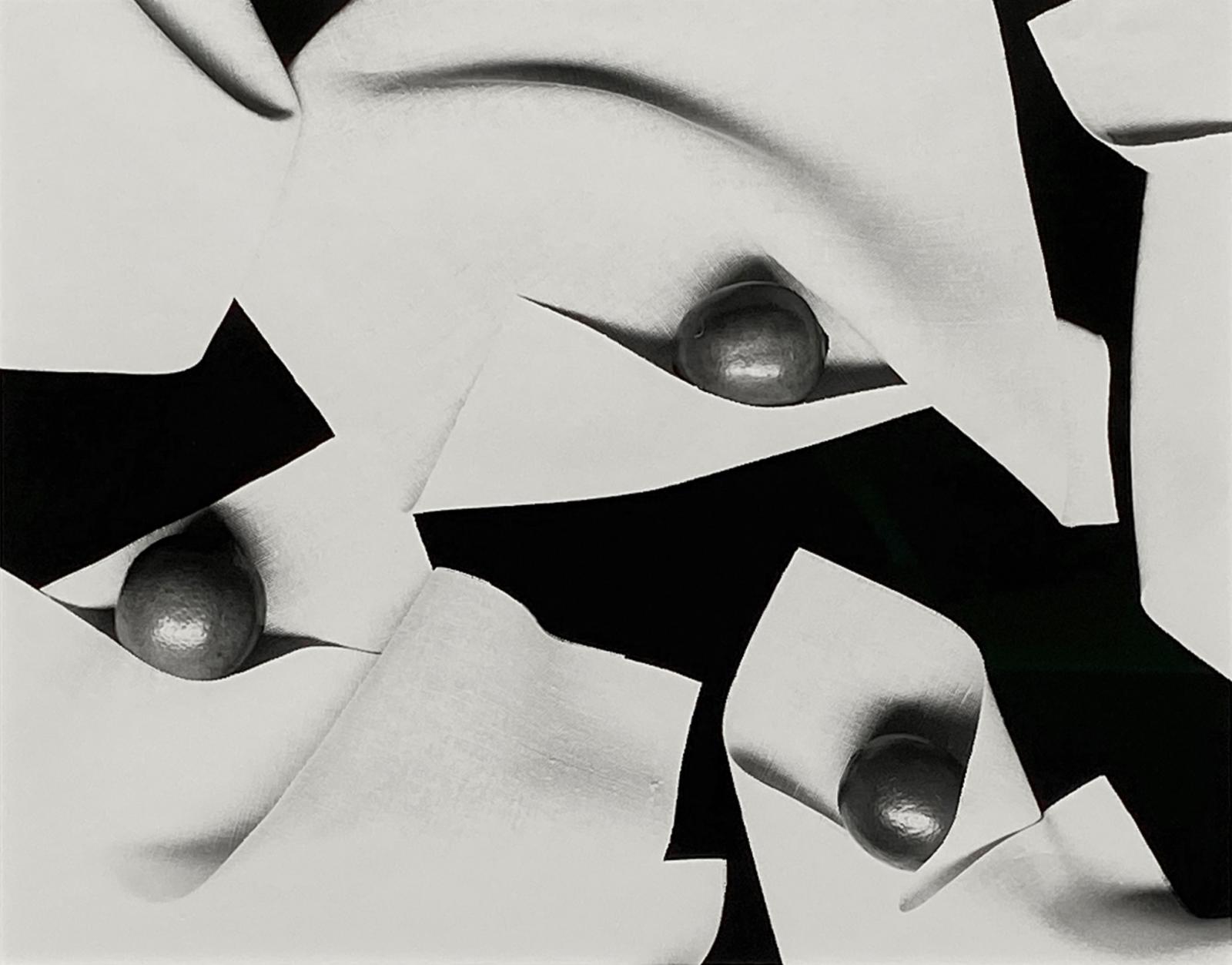








Framed: 25 1/4 x 28 inches
artist
Herbert Matter, a Swiss photographer and graphic designer, was born in Engleberg, Switzerland, in 1907. He is credited with the first use of the modern photographic poster in Switzerland. Matter studied painting from 1925 to 1927 at l’École des Beaux-Arts in Geneva, then traveled to Paris to study at the Académie de l’Art Moderne from 1928-1929 with teachers such as Fernand Léger. During this time, he introduced himself to photograph with a camera left in his Paris apartment.
Between 1929 and 1932, Matter freelanced as a photographer and graphic artist in Paris, as well as working for the studio Deberny & Peignot and the journal Arts et Métiers Graphiques. Upon his return from Switzerland in 1932, he designed a renowned series of tourism posters for the Swiss National Tourist Office. A leader in photomontage, he was also able to demonstrate freshness in his colors and surfaces by dying different elements photo- chemically.
In 1936, Herbert Matter settled in the United States, soon photographing for publications suck as Vogue, Harper’s Bazaar, Town and Country as well as New York advertising agencies. He showed his versatility with even more projects, such as helping to design the Swiss and Corning Pavillions at the 1939 World’s Fair, and commissions by the US government for propaganda posters during World War II. In addition, he also worked as a graphic designer for Ray and Charles Eames and for Knoll Furniture.
Herbert Matter photographed the work of many artists, including Alexander Calder, Jackson Pollack and Mark Rothko. Matter proved his sills as a filmmaker with a color film concentrating on Calder’s mobiles. In 1960 he began photographing the sculptures of Albert Giacometti and later made them inot a book. After teaching photography and graphic design at Yale University for over thirty years, Herbert Matter passed away in 1984.








